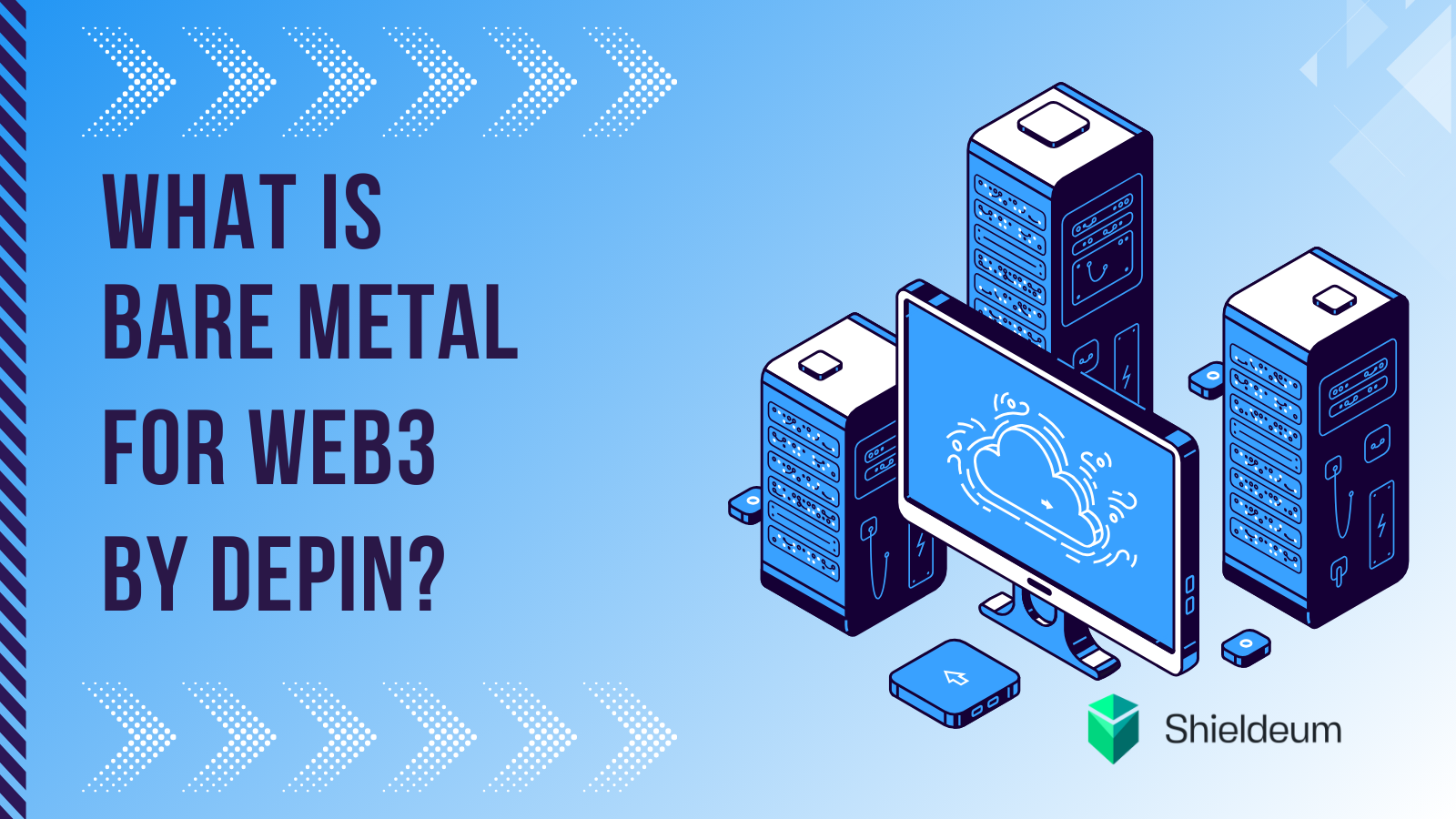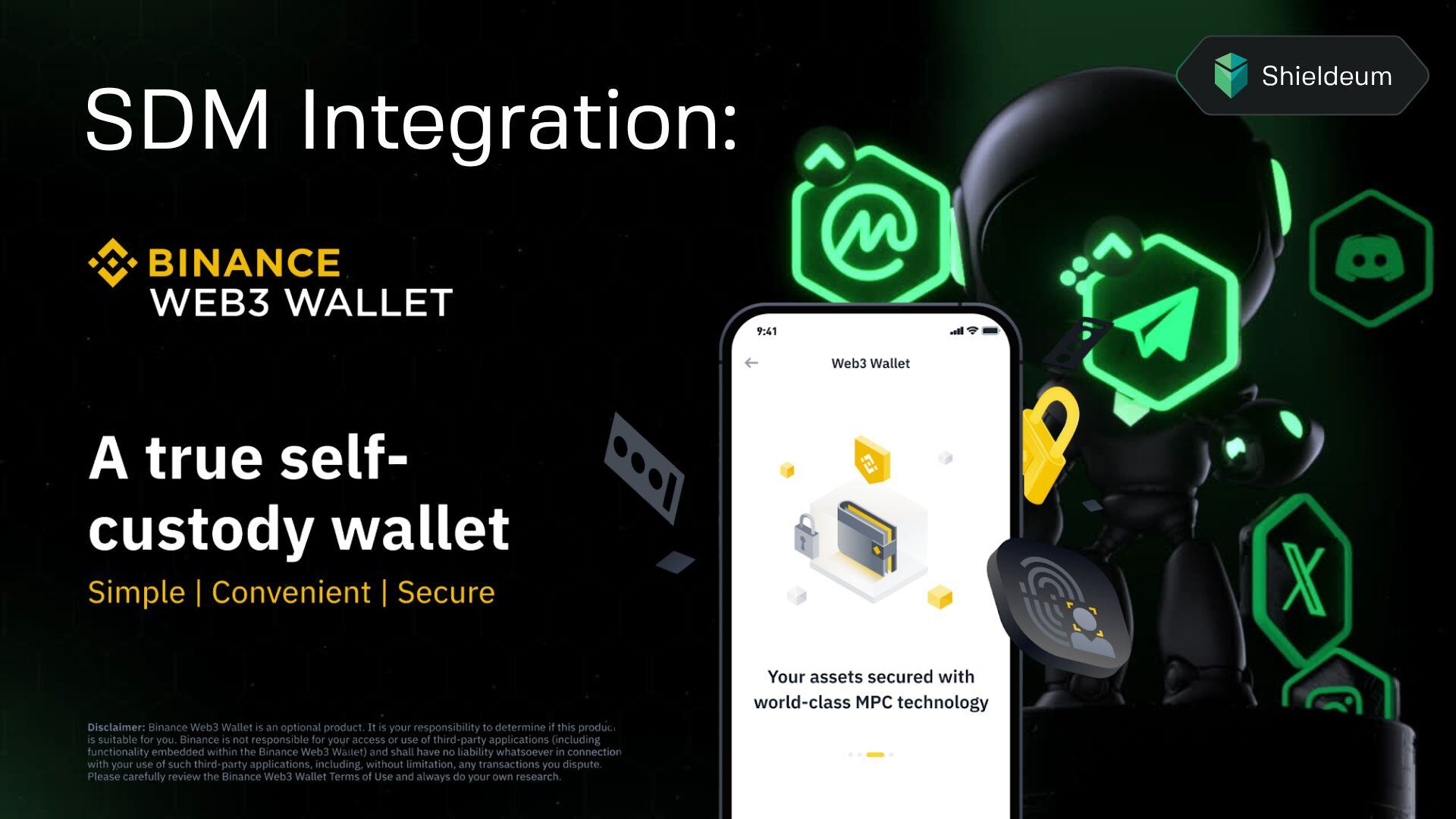A Beginner's Guide to Understanding Blockchain Technology in DePIN
Welcome to the digital revolution powered by blockchain technology! In this article, we'll explore how blockchain serves as the cornerstone of Decentralized Public Infrastructure Networks (DEPIN), revolutionizing the way we interact with essential services in a decentralized and secure manner.
Blockchain Essentials: At its core, blockchain is a distributed ledger technology that records transactions across a network of computers. Each transaction is bundled into a block, cryptographically linked to the previous one, forming an immutable chain. This decentralized architecture ensures transparency, security, and resilience, as no single entity controls the network.
Empowering DEPIN: DEPIN represents a paradigm shift in how we envision and build public infrastructure. By leveraging blockchain technology, DEPIN networks decentralize essential services such as communication, finance, governance, and more. Instead of relying on centralized authorities, power is distributed among network participants, fostering trust and inclusivity.
Secure Transactions: One of the key advantages of DEPIN is its ability to facilitate secure and transparent transactions. Blockchain's decentralized ledger ensures that every transaction is recorded in a tamper-evident and verifiable manner. This eliminates the risk of fraud or manipulation, instilling confidence in users and stakeholders alike.
Decentralized Governance: DEPIN networks embrace decentralized governance models, empowering communities to make collective decisions about network operations, rules, and policies. Blockchain-based governance mechanisms, such as decentralized autonomous organizations (DAOs), enable participants to vote on proposals and shape the future direction of the network. This democratized approach promotes transparency, accountability, and resilience.
Privacy and Sovereignty: In the era of data privacy concerns, DEPIN prioritizes user control and sovereignty over personal data. Blockchain's cryptographic techniques enable users to securely manage and share their data, ensuring privacy and autonomy in the digital realm. With DEPIN, individuals have greater ownership and control over their digital identities and assets.
Future Perspectives: While DEPIN holds tremendous promise, it also faces challenges on its path to widespread adoption. Scalability, interoperability, regulatory compliance, and user experience are among the key areas that require further innovation and development. However, with continued advancements in blockchain technology and collaborative efforts within the ecosystem, the future of DEPIN appears bright.
Conclusion: Blockchain technology serves as the cornerstone of Decentralized Public Infrastructure Networks, empowering individuals and communities to reimagine and rebuild essential services in a decentralized, transparent, and secure manner. As we continue to unlock the full potential of DEPIN, let's harness the transformative power of blockchain to create a more inclusive, resilient, and equitable future for all.


